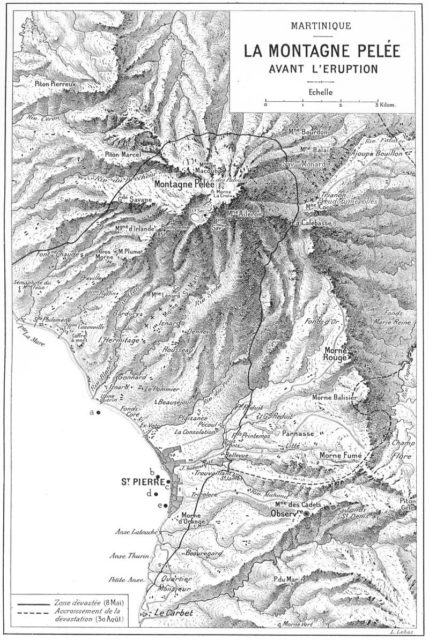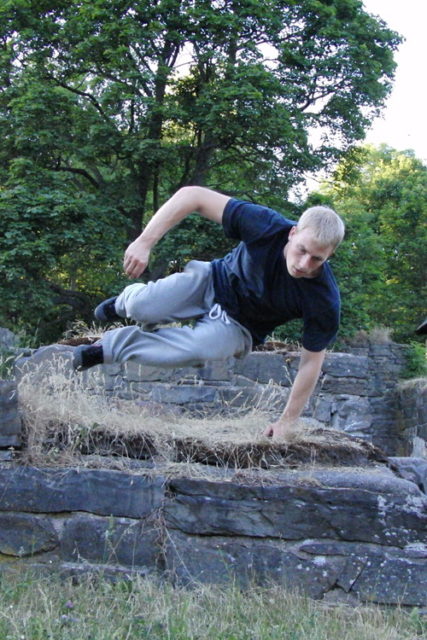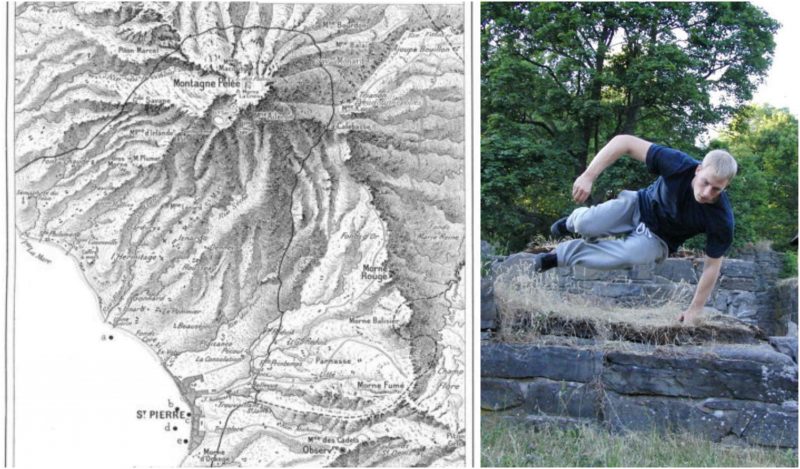Parkour is both an approach to life, developing self-discipline, and a method of physical training; it uses movement to overcome physical and mental obstacles in an emergency situation. Its origins stem from military obstacle course training.
Parkour was developed in France during the late 1980s, primarily by Raymond Belle, then advanced by his son David Belle, who was a founder of a group of Parkour enthusiasts known as the Yamakasi. The discipline became popular in the late 1990s and 2000s, primarily because of movies, advertising, and documentaries that featured its practitioners.
In Western Europe before World War I, French naval officer Georges Hébert encouraged systematic physical education based on the natural environment and physical movements of indigenous tribes he had met in Africa. He observed that their bodies were flexible, agile, durable, proficient, resilient, and impressive, yet they had no other instruction in physical education other than the way they lived and moved in their natural environment.

During the 1902 eruption of Mount Pelée on Saint-Pierre, Martinique, Hébert’s life-saving and rescue efforts strengthened his belief that physical skill must be combined with courage and self-sacrifice. In 1913, just before World War, I broke out, Hébert became a physical education instructor at the college of Reims in France. Hébert developed a training regimen called the Natural Method, which was comprised of exercises from ten broad groups.
These major training exercises were running, climbing, walking, lifting, swimming, jumping, physical progression on four limbs, balancing, throwing, and self-defense. These were intended to develop, in combination, the three most important areas of the physical body and the intellectual mind. These forces were described as energetic (bravery, calmness, willpower, and determination), moral (integrity, support, generosity, and honor) and physical (breathing and muscles).
During World War I and World War II, Hébert’s teachings continued to advance, becoming the standard for the French military’s physical education training. Inspired by Hébert, a Swiss architect developed a military obstacle course (parcours du combatant), the first of the courses which went on to become the standard for military training and which led to the creation of civilian fitness trails and self-confidence courses.
According to Williams Belle, another of the founders of the Yamakasi, the philosophies and theories behind parkour are essential factors of the discipline to which many non-practitioners have never been exposed. Belle continues to train people because he wants parkour to flourish and for people to be engaged in its teaching. Châu Belle, a practitioner of parkour, describes it as a form of freedom or a means of expression. To him, parkour is primarily a state of mind rather than a set of physical actions; it is about surmounting and adapting to rational and emotional impediments as well as physical obstacles.
An innovative principle of the parkour philosophy has been the idea of “human reclamation.” Andy Tran (Animus Training & Performance Blog), who has been engaged with the American Parkour Society for some time, clarifies it as a discipline to reclaim what is meant by being a human being. It educates us through movement, using the natural methods that we should have learned from childhood. It teaches us to reach out and touch the world and be part of it, instead of being shielded by it. As much as genuinely learning physical control and being able to master your movements, it provides you with the ability to overcome your anxieties and discomforts and replicate this in life, as you have to control your mind to become proficient in the art of parkour.

Scholarly research on parkour has a tendency to portray it as a unique way of interacting with urban environments that challenge the use and importance of embodiment, urban space, and modern life as we know it.
Traceur enthusiast Dylan Baker observes that parkour can also affect one’s thought processes by heightening critical thinking and self-confidence skills which then allows one to overcome common mental and physical barriers.
